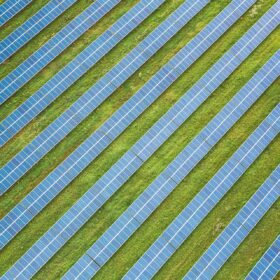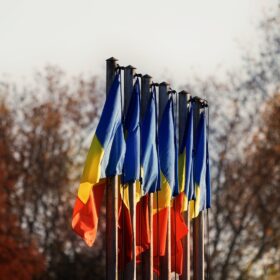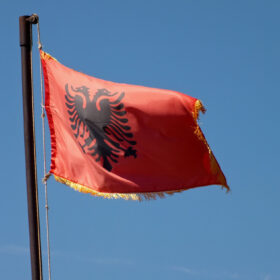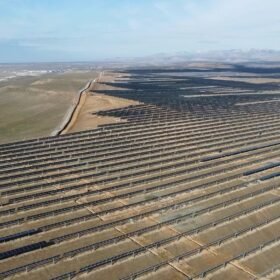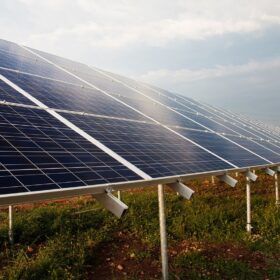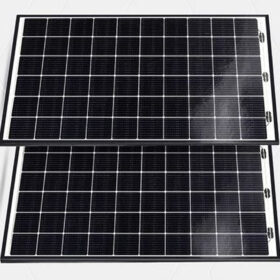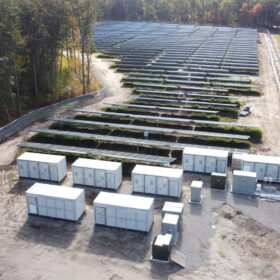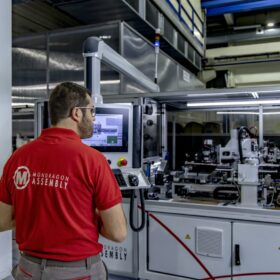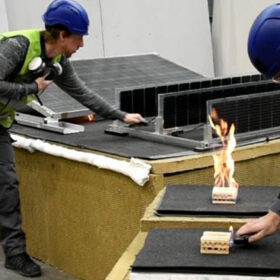Finnish investor, Romanian developer to build 600 MW of solar in Romania
Korkia, a Finland-based renewables investor, says that solar projects it is developing with Romania’s Econous Green Energ are set to be licensed and will be ready for construction from next year.
Romania sets ceiling price of €91/MWh for solar in first renewables auction
Romania has set a ceiling price of €91 ($99.33)/MWh for solar energy in its first renewables auction. A legal analyst tells pv magazine that this strike price is a good level for the nation’s first contract-for-difference (CfD) auction, but warns that certain aspects of the draft legislation could significantly affect the bankability of the scheme.
Sinovoltaics tracks emerging PV manufacturing hubs in Europe, North America
Sinovoltaics is studying the changes in the supply chains in manufacturing hubs in Europe and North America to determine site capacity, current and planned, for dozens of manufacturers. The results are being published in free reports.
Challenges and prospects in Albania’s PV market
Albanian researchers say that solar could be key to reducing Albania’s reliance on energy imports, but the nation will need to invest in grid infrastructure, streamline laws, and enhance access to funding to support deployment.
Uzbekistan connects first phase of 511 MW solar project
Abu Dhabi Future Energy Co. (Masdar) has connected the first phase of a 511 MW solar project in Uzbekistan, linking the initial units of two solar plants. Chinese manufacturer TrinaTracker has supplied the plants with 11,248 sets of Vanguard 1P trackers.
Romanian plastics manufacturer secures financing for 4.56 MW of PV
TeraPlast SA has secured financing for 4.56 MW of solar, with approximately one-quarter of the project’s total value obtained through non-refundable financing from the Romanian government’s National Recovery and Resilience Plan. The project, which will include a 920 kW storage facility, is set to be completed in June.
Solitek launches bifacial solar panels for carports
The Lithuanian module manufacturer has unveiled 37O W bifacial dual glass modules for carports featuring 3 mm glass on both sides and an anodized aluminum frame. The new products are certified as overhead glazing by the German Institute for Building Technology (DIBt), with a class 4 hail resistance and efficiency of 19.57%.
Bulgaria launches renewables-plus-storage tenders
Bulgarian businesses can apply for funding under two new tenders that aim to facilitate 1,425 MW of renewable energy generation capacity coupled with 350 MW of energy storage. Funding support is only offered for the storage component.
European consortium targets end-of-life PV panel silicon recycling
A European consortium of 11 commercial and non-profit organizations is developing several technologies to make use of end-of-life PV panels by either re-deploying them or by recovering and reprocessing the silicon.
Tests show rooftop fires propagate slowly with vertical PV systems
New tests conducted by the Slovenian National Building and Civil Engineering Institute have shown that vertical PV installations offer improved fire safety compared to conventional diagonal or flat solar arrays. The experiment showed, in particular, how rapidly a fire can propagate under inclined panels.
